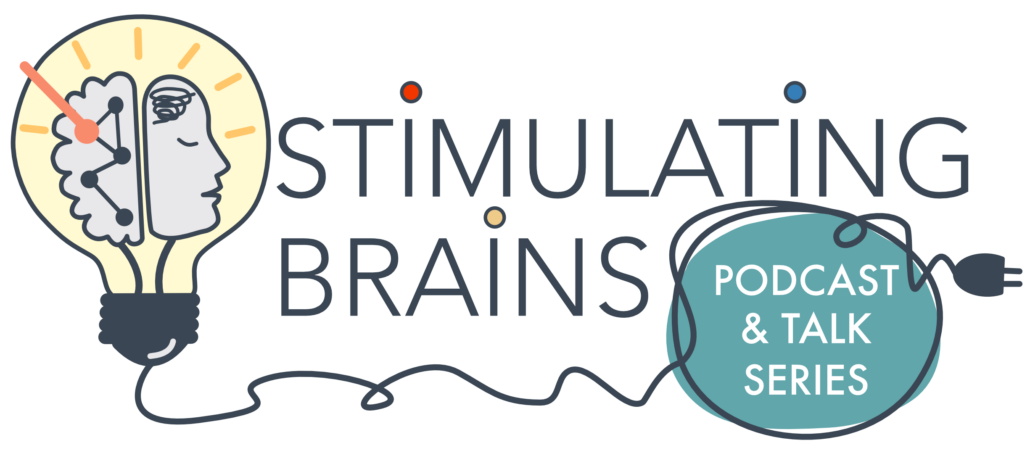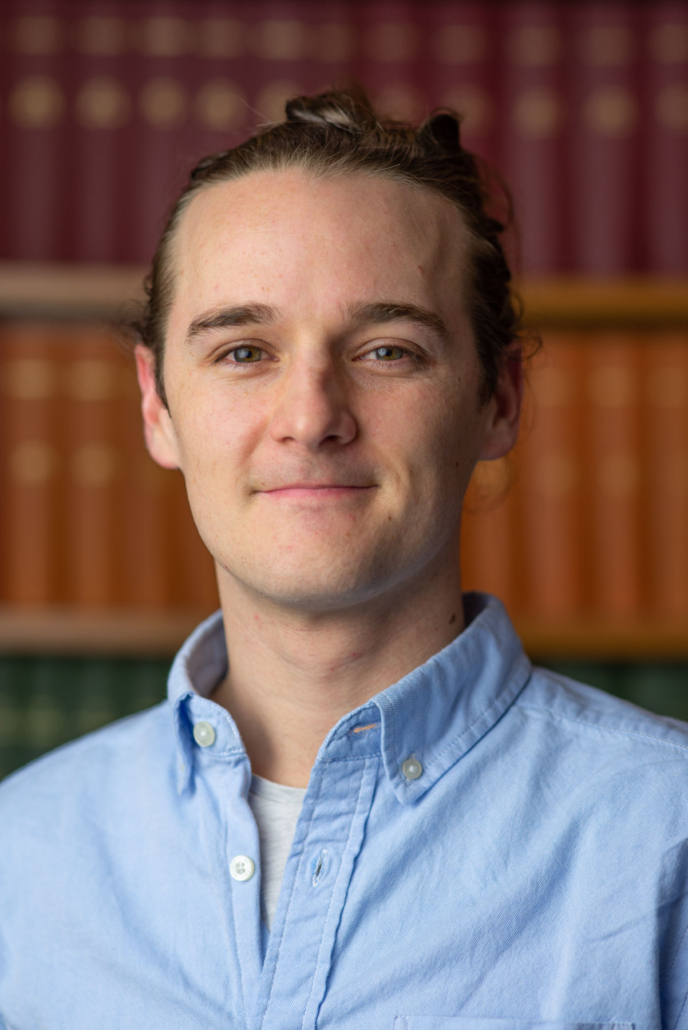#4 – Tim West & David Haslacher– 09/15/2023
On Friday, September 15th 2023 (6 PM Berlin time), we will have the pleasure of hosting Dr. Tim West & David Haslacher for an in-person event in Berlin. Not only will we hear about science, but we may also get a glimpse of the inspirational thinkers behind it!
In-person sessions in Berlin will take place at the Lecture Hall of the Bernstein Center for Computational Neuroscience (Haus 6, Philippstraße 13, 10117 Berlin). Get some appetizers, grab a beverage (all on us!) and come enjoy a science apéro (served in the seminar room within the same building) with the speakers prior the talks (from 5:15 PM).
Register here to participate in the event (so we can order enough appetizers and drinks to be shared during the apéro with the scientist before the event)!
In the meantime, follow us on Twitter or subscribe to our newsletter to remain up-to-date on other events of our Stimulating Brains portfolio!
About the opening speaker: David Haslacher is a PhD student in the Clinical Neurotechnology Laboratory at the Charité in Berlin. His primary interest is in the development of adaptive non-invasive brain stimulation techniques for the treatment of brain disorders. Currently, he is developing closed-loop transcranial alternating current stimulation for clinical applications.
Title of opening talk: “Modulating brain oscillations using closed-loop transcranial alternating current stimulation”
Abstract: Transcranial alternating current stimulation (tACS) is a widespread method for modulating human brain oscillations, but excessive effect variability has prevented its adoption in clinical practice. Effects of tACS are known to depend on the millisecond-by-millisecond state of the brain during stimulation, but brain oscillations targeted by tACS have been difficult to measure due to electric stimulation artifacts in simultaneously recorded electro- or magnetoencephalography (EEG/MEG). Recent technical innovations can be used to recover single-trial brain oscillations targeted by tACS from the EEG signal, providing evidence for phase-dependent enhancement and suppression of brain oscillations and behavior by tACS. These techniques were used to adapt tACS to parietal alpha oscillations in real-time, enhancing visual working memory performance. This closed-loop approach reduces variability of tACS effects and paves the way for more reliable clinical applications.
About the headliner speaker: Dr. Tim West is a postdoctoral researcher at the University of Oxford. His research is focused on elucidating the neuronal network mechanisms involved in tremulous movement associated with diseases such as essential tremor, Parkinsonism, and dystonia. As part of this, Tim is using recently developed techniques in portable magnetoencephalography to identify how these networks are modulated in response to voluntary movement in patients.
Title of headliner talk: “What do beta bursts in the motor cortex tell us about cortical processing? Investigating changes in the intermittencies of beta rhythms associated with movement states.”
Abstract: Cortical activity exhibits significant temporal structure that is not well captured in the time averaged power spectrum commonly used to assess brain states. Recent evidence suggests that properties of intermittencies in rhythmic neural activity (i.e., bursts) hold the potential to enhance brain state decoding, though the mechanisms that may underwrite their dynamics are unknown. In this work, we will present evidence from human electrocorticography recordings made from the motor cortex to show that the statistics of bursts, such as duration or amplitude, in beta frequency (14-30 Hz) rhythms significantly augment the classification of motor states such as rest, movement preparation, execution, and imagery. The findings further establish that burst features convey information beyond the traditional power spectrum, with burst nonlinearity peaking during movement planning and imagery. Using a computational approach to delve into the underlying mechanisms, we applied dynamical models to interpret burst statistics, revealing that characteristics such as amplitude and length are sculpted by the inhibitory interneurons. Finally, by modulating bursts via interneuron activity, we show how temporal dynamics can serve as a signature of the underlying cortical state, inferring the manner in which the cortex balances the integration of endogenous and exogenous inputs across varying contexts. These results pave the way for innovative methodologies in brain state classification and offer promising avenues for targeting cortical processing through neuromodulation techniques.





